SLVSGS7D July 2023 – June 2024 TPSM8287A06 , TPSM8287A10 , TPSM8287A12 , TPSM8287A15
PRODUCTION DATA
- 1
- 1 Features
- 2 Applications
- 3 Description
- 4 Device Options
- 5 Pin Configuration and Functions
- 6 Specifications
-
7 Detailed Description
- 7.1 Overview
- 7.2 Functional Block Diagram
- 7.3
Feature Description
- 7.3.1 Fixed-Frequency DCS-Control Topology
- 7.3.2 Forced-PWM and Power-Save Modes
- 7.3.3 Precise Enable
- 7.3.4 Start-Up
- 7.3.5 Switching Frequency Selection
- 7.3.6 Output Voltage Setting
- 7.3.7 Compensation (COMP)
- 7.3.8 Mode Selection / Clock Synchronization (MODE/SYNC)
- 7.3.9 Spread Spectrum Clocking (SSC)
- 7.3.10 Output Discharge
- 7.3.11 Undervoltage Lockout (UVLO)
- 7.3.12 Overvoltage Lockout (OVLO)
- 7.3.13 Overcurrent Protection
- 7.3.14 Power Good (PG)
- 7.3.15 Remote Sense
- 7.3.16 Thermal Warning and Shutdown
- 7.3.17 Stacked Operation
- 7.4 Device Functional Modes
- 7.5 Programming
- 8 Device Registers
-
9 Application and Implementation
- 9.1 Application Information
- 9.2 Typical Application
- 9.3 Typical Application Using Four TPSM8287Axx in Parallel Operation
- 9.4 Power Supply Recommendations
- 9.5 Layout
- 10Device and Documentation Support
- 11Revision History
- 12Mechanical, Packaging, and Orderable Information
9.2.3 Application Curves
VIN = 5.0 V, VOUT = 0.9 V, TA = 25°C, BOM = Table 9-3, unless otherwise noted.

| VIN = 2.7 V | FSW = 1.5 MHz | FPWM |

| VIN = 3.3 V | FSW = 1.5 MHz | FPWM |

| VIN = 5.0 V | FSW = 1.5 MHz | FPWM |

| VIN = 2.7 V | FSW = 1.5 MHz | FPWM |

| VIN = 3.3 V | FSW = 1.5 MHz | FPWM |

| VIN = 5.0 V | FSW = 1.5 MHz | FPWM |

| VIN = 2.7 V | FSW = 1.5 MHz | FPWM |

| VIN = 3.3 V | FSW = 1.5 MHz | FPWM |

| VIN = 5.0 V | FSW = 1.5 MHz | FPWM |

| VIN = 2.7 V | TJ = 25 °C | FPWM |

| VIN = 3.3 V | TJ = 25 °C | FPWM |

| VIN = 5.0 V | TJ = 25 °C | FPWM |
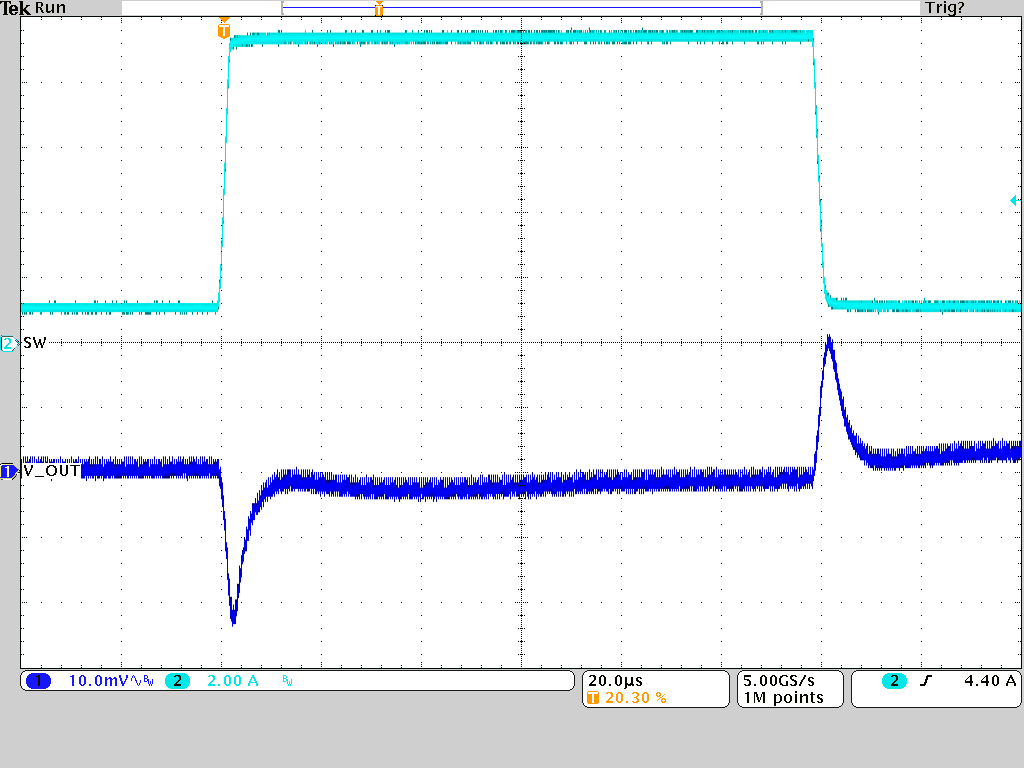
Vout = 0.9 V | Iout = 1 A → 9 A → 1 A |
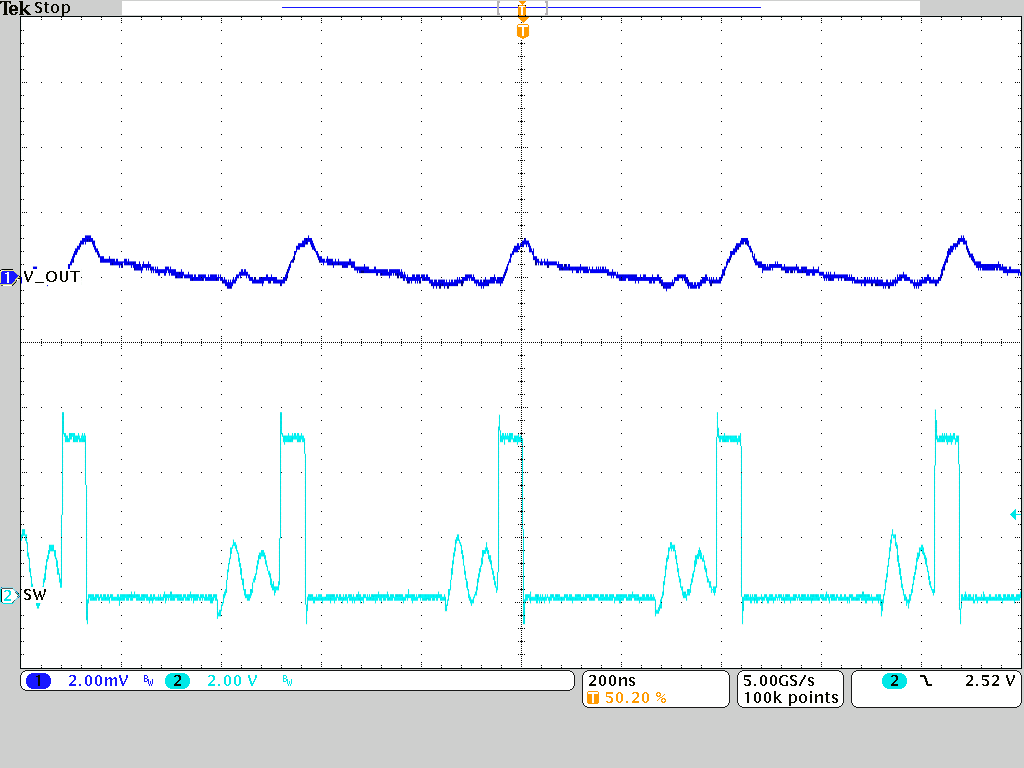
| Vout = 0.9 V | IOUT = 1 A |

| VIN = 3.3 V | VOUT = 0.75 V | IOUT = 6 A |
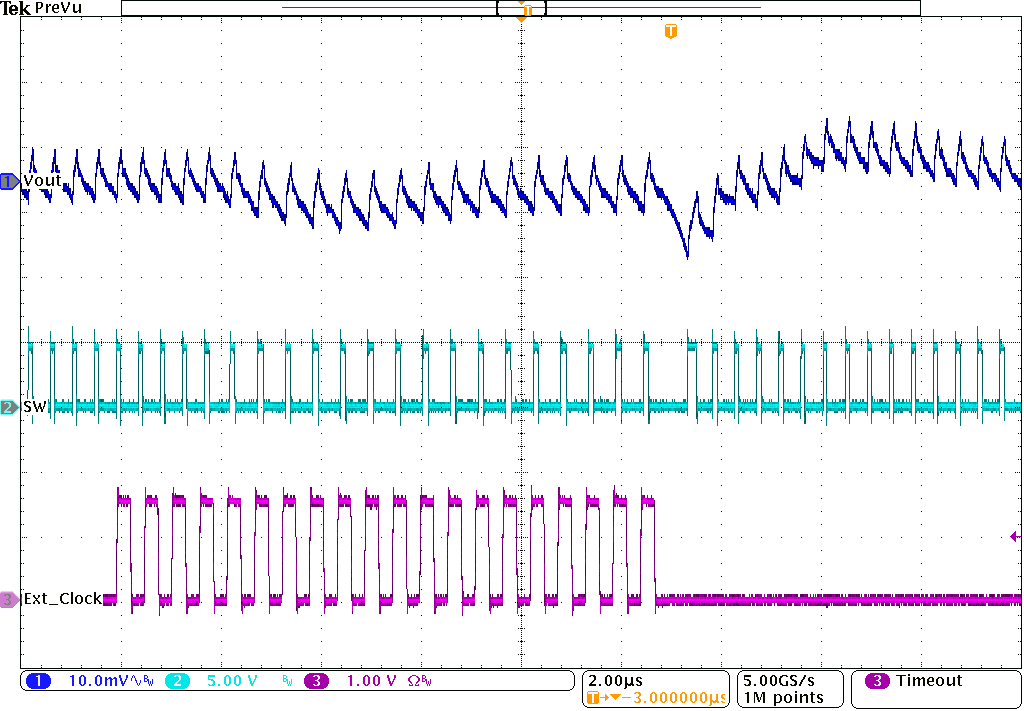
IOUT = 10 A | VOUT = 0.9 V | f(SYNC) = 1.8 MHz |
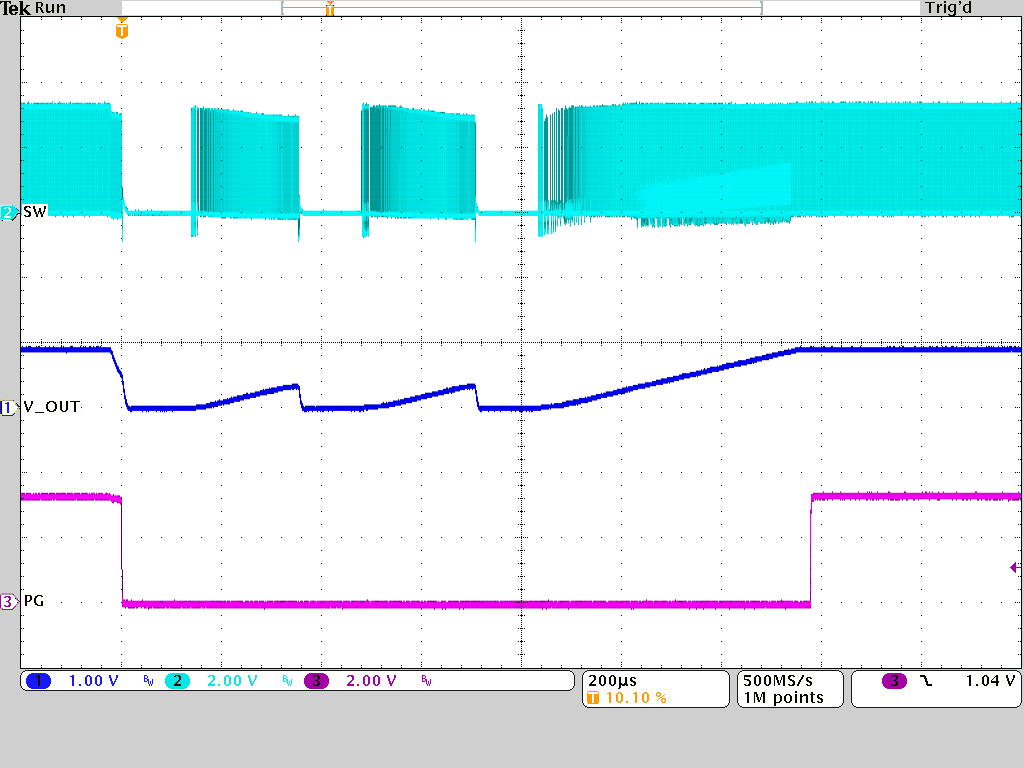
| VIN = 3.3 V |
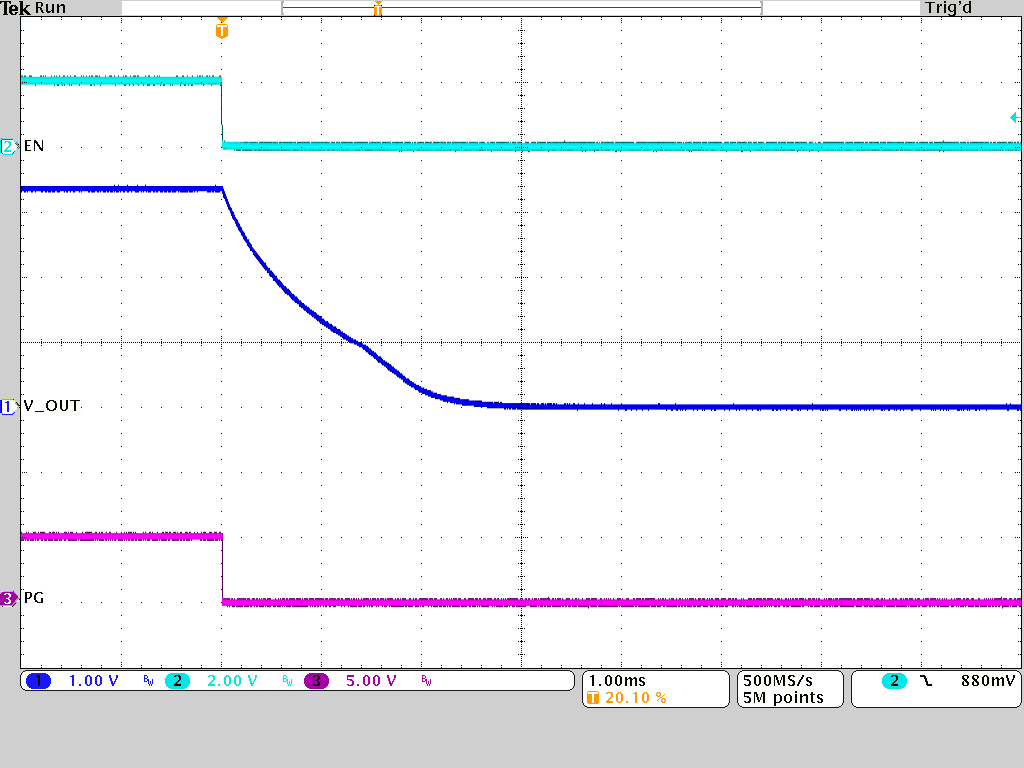
VOUT = 3.3 V | Load = 7.5 Ω |

RΘJA = 19.5 °C/W | nat. convection | TJ,max = 125 °C |

RΘJA = 20.0 °C/W | nat. convection | TJ,max = 125 °C |

RΘJA = 19.5 °C/W | nat. convection | TJ,max = 125 °C |

| RΘJA = 19.5 °C/W | nat. convection | TJ,max = 125 °C |

| RΘJA = 20.0 °C/W | nat. convection | TJ,max = 125 °C |

| RΘJA = 20.0 °C/W | nat. convection | TJ,max = 125 °C |

| VIN = 2.7 V | FSW = 1.5 MHz | FPWM |

| VIN = 3.3 V | FSW = 1.5 MHz | FPWM |

| VIN = 5.0 V | FSW = 1.5 MHz | FPWM |

VIN = 2.7 V | FSW = 2.25 MHz | FPWM |

| VIN = 3.3 V | FSW = 2.25 MHz | FPWM |

| VIN = 5.0 V | FSW = 2.25 MHz | FPWM |

| VIN = 2.7 V | FSW = 2.25 MHz | FPWM |

| VIN = 3.3 V | FSW = 2.25 MHz | FPWM |

| VIN = 5.0 V | FSW = 2.25 MHz | FPWM |

| VIN = 2.7 V | IOUT = 6 A | FPWM |

| VIN = 3.3 V | IOUT =6 A | FPWM |

| VIN = 5.0 V | IOUT = 6 A | FPWM |
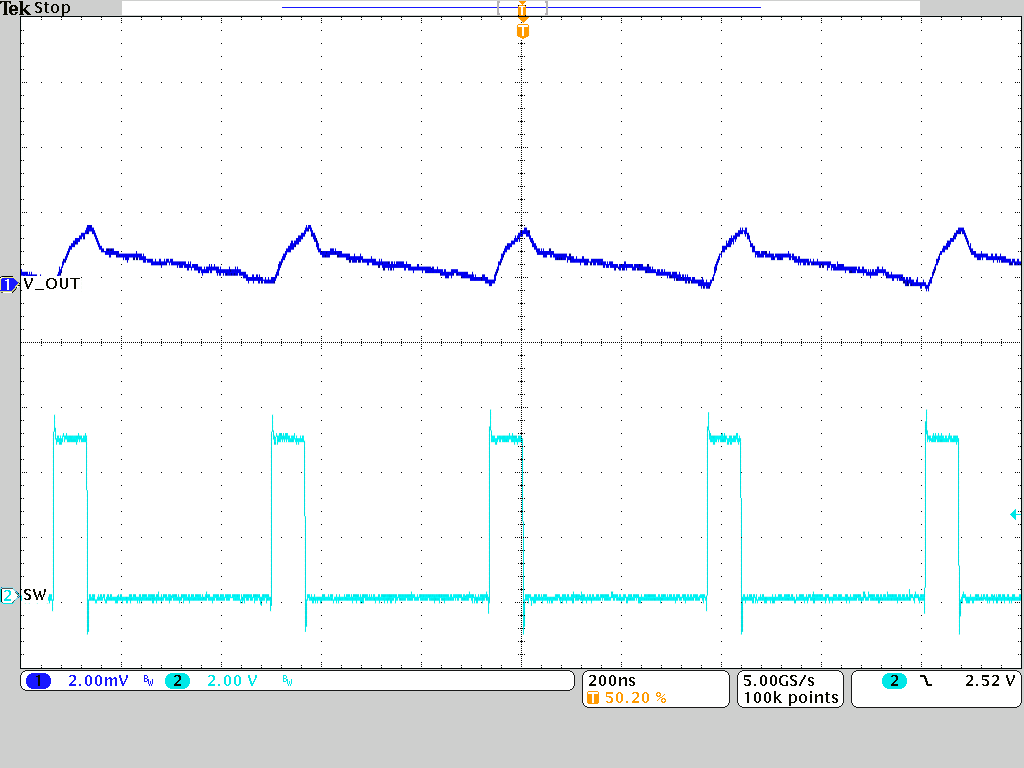
| Vout = 0.9 V | IOUT = 2 A |
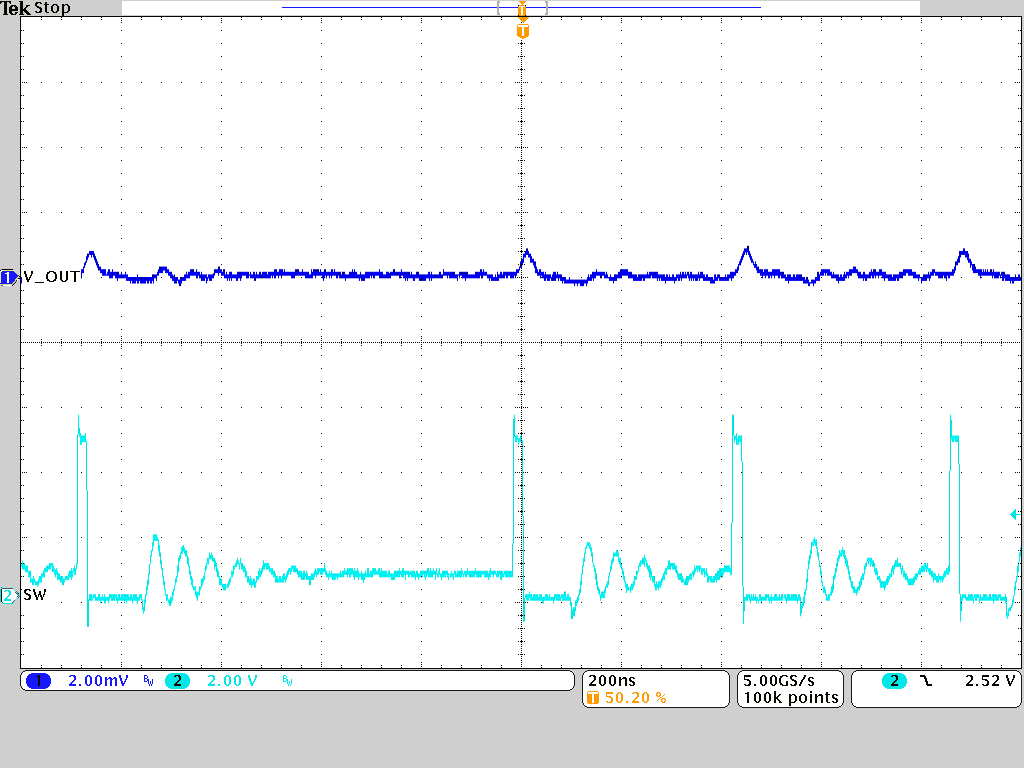
| Vout = 0.9 V | IOUT = 100 mA |
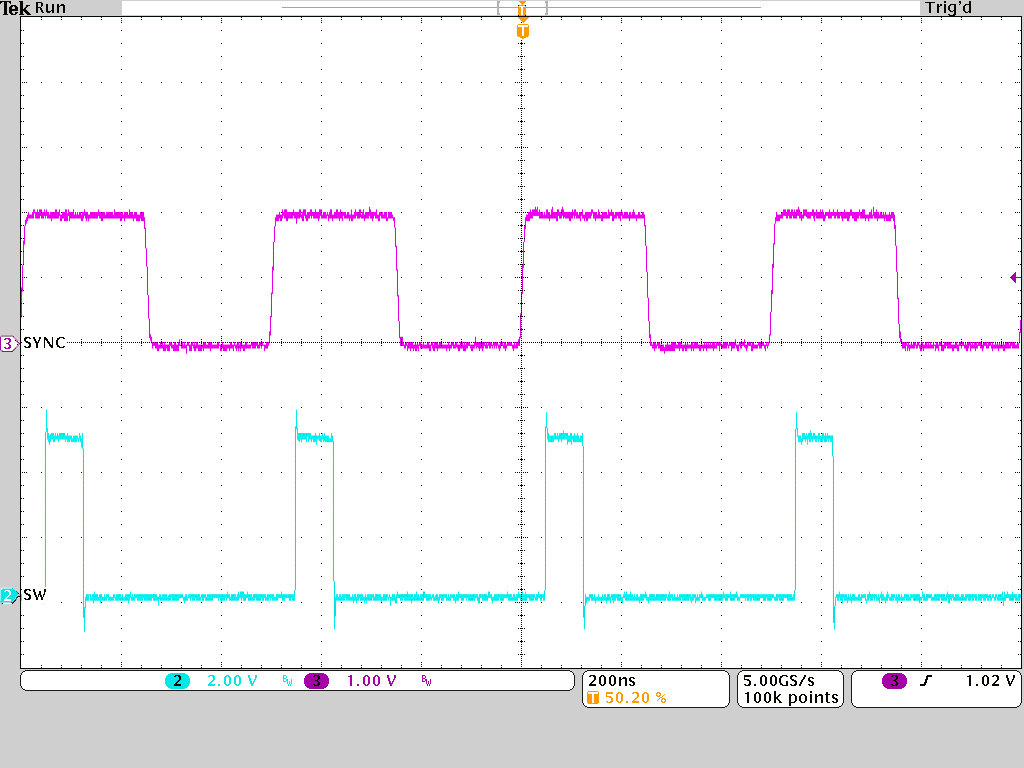
IOUT = 1 A | f(SYNC) = 2 MHz |
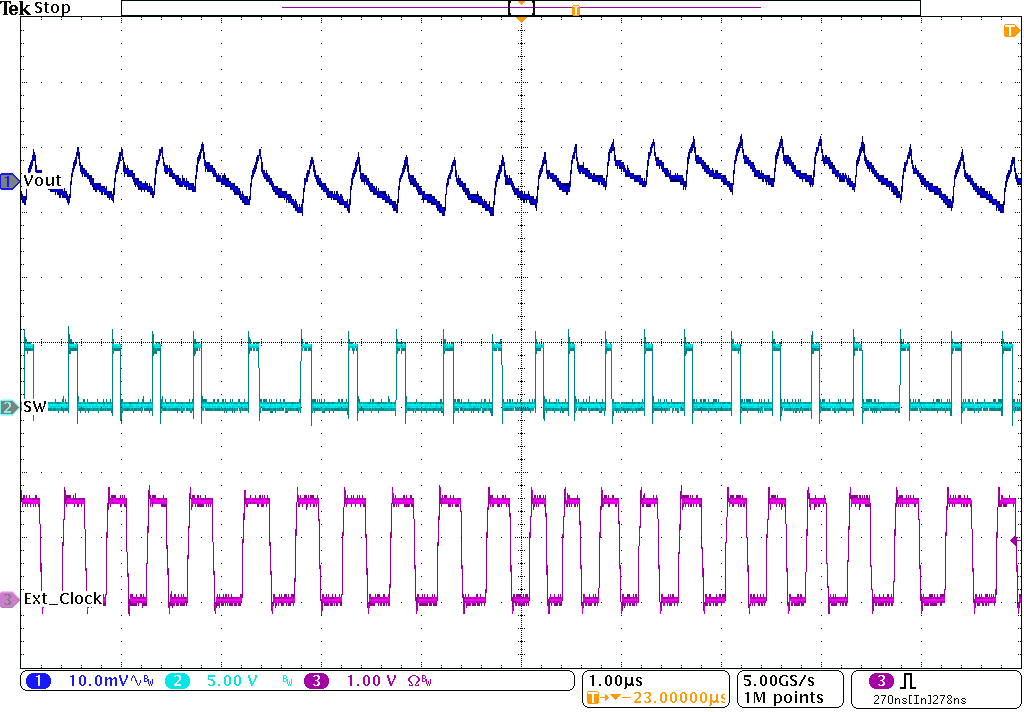
IOUT = 10 A | VOUT = 0.9 V | f(SYNC) = 2 to 2.5 MHz (random) |
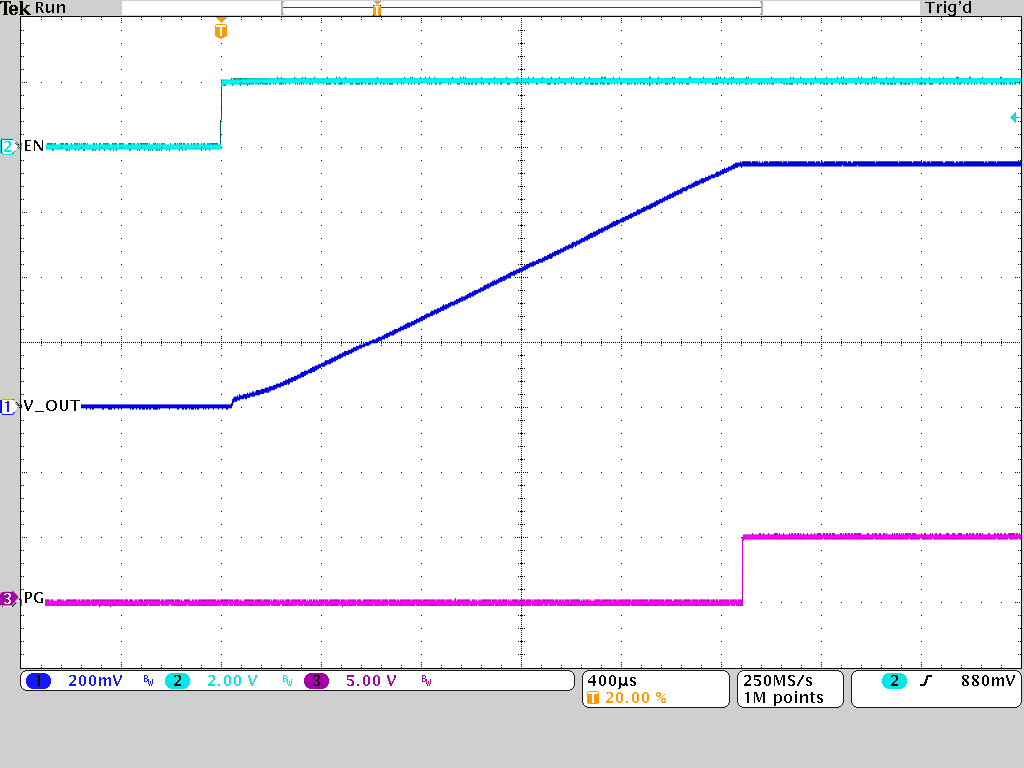
| VOUT = 0.75 V |
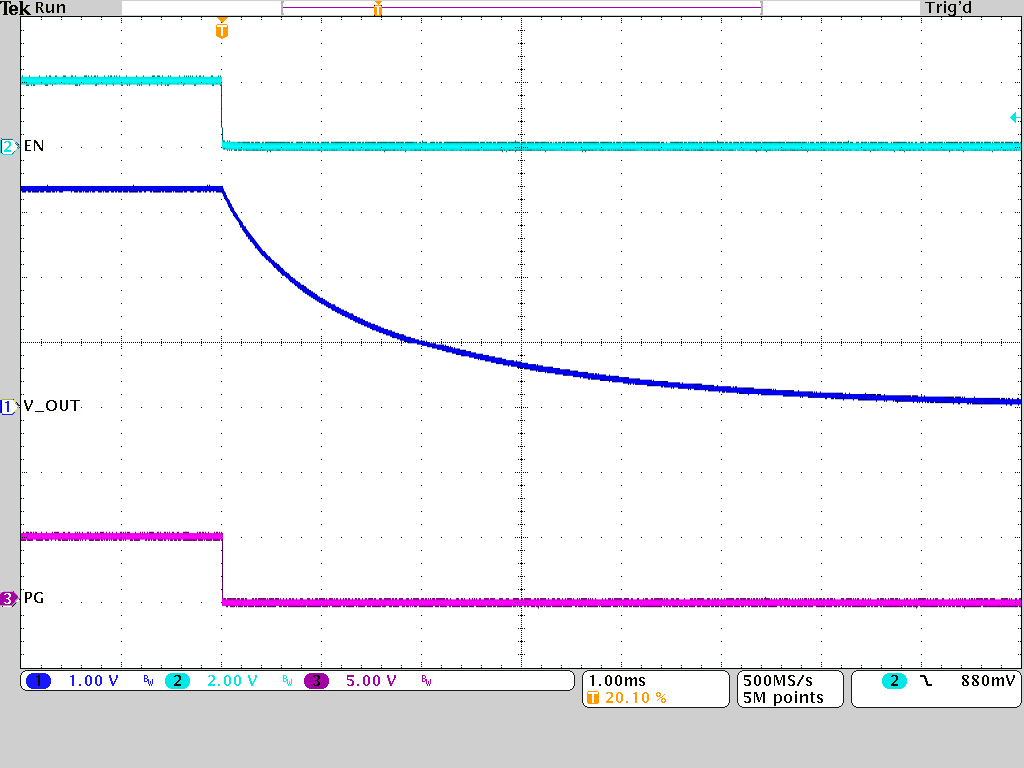
| VOUT = 3.3 V | Load = 7.5 Ω |

RΘJA = 19.5 °C/W | nat. convection | TJ,max = 125 °C |

RΘJA = 20.0 °C/W | nat. convection | TJ,max = 125 °C |

RΘJA = 19.5 °C/W | nat. convection | TJ,max = 125 °C |

| RΘJA = 19.5 °C/W | nat. convection | TJ,max = 125°C |

| RΘJA = 20.0 °C/W | nat. convection | TJ,max = 125°C |

| RΘJA = 20.0°C/W | nat. convection | TJ,max = 125°C |